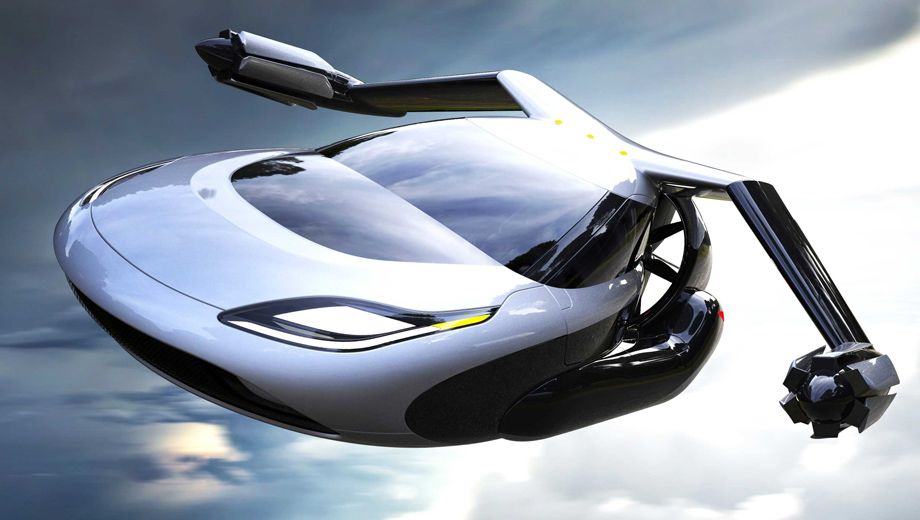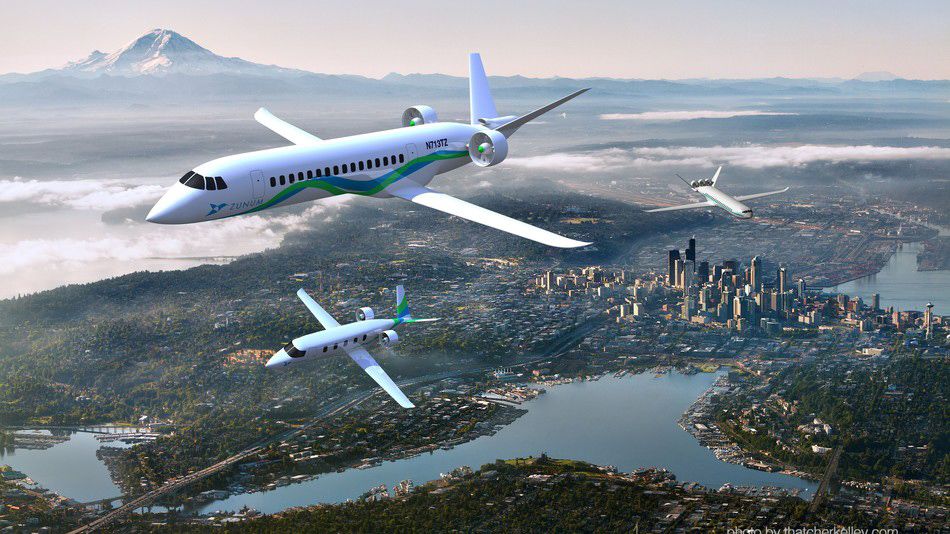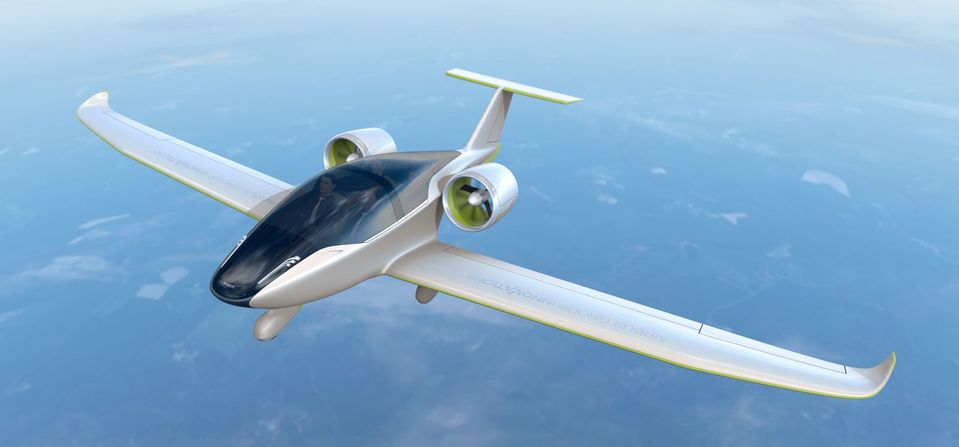Want a flying car? Electric planes are a better bet...

The concept is familiar: Replace car journeys with high-speed, electric-powered travel for the masses.
China does it with a famous (and famously expensive) high-speed train network.
Last week, Boeing and JetBlue invested in another idea: electric planes.
If their bet pans out, travelers could start making their first trips in the Teslas of the air in a decade. That could transform the way great swathes of the world get from point A to point B – to everyone’s benefit.
Electric planes aren’t a new idea, of course; evangelists have promised their imminent arrival for decades now. But recent advances, particularly in batteries and electric propulsion, make the possibility far more realistic.
Boeing and JetBlue were confident enough in the technology to back Zunum Aero, a Washington-based startup that hopes to complete a battery-powered jet by 2020.
The need is very real. In theory, by virtually eliminating fuel costs, electric planes would make currently unprofitable routes viable.
According to the FAA, roughly 70 percent of U.S. commercial passenger air traffic passes through just 30 airports.
This hub-and-spoke system leaves the commuters who use small, regional airports stranded. Airfares at these smaller airports tend to be significantly higher and, in many cases, subsidized by the government. (The Trump administration wants to end those subsidies.)
Rather than flying, Americans thus take slow-moving cars for more than half of all trips under 750 miles (or drive long distances to cheaper, busier airports) in order to save money.
That’s not only inefficient, it’s also terrible for the environment: Cars generally burn more fuel per passenger than planes.
Big developing countries such as India and China are only now beginning to develop long-distance car cultures. If they follow the U.S. model, at far greater scale, both their already smoggy skies and their ambitious emissions targets will suffer.
Electric jets could help them accelerate the process of building aviation links to less-developed rural areas. In effect, such planes could become the high-speed, low-carbon competition for long car rides, expensive commuter rails and trans-city buses.
Until quite recently, electric-powered flight seemed like a stunt more than a pathway to the transportation future. Solar-powered aircraft, for example, are great at raising awareness, but not at moving people around, much less in comfort.
Yet advances in lightweight materials, electric motors and, most importantly, batteries have opened up new possibilities.
In 2011, a battery-powered, two-seater aircraft built by the University of Stuttgart flew 62 miles on 25 Kwh of electricity that cost around $3. Three years later, Airbus followed with the E-Fan (below): an all-electric, lithium-battery-powered two-seater.
Like automakers, plane manufacturers are focusing now on hybrid technologies that could extend the range of electric planes and be implemented more quickly.
Citing recent advances in electric-propulsion technologies, for instance, Airbus announced last week that it was dropping plans to produce the E-Fan in favor of a hybrid-electric regional jet that could fly within the next three years.
NASA, too, is pursuing a 60- to 90-seat hybrid jet, working closely with Hyannis-based Cape Air, the largest private regional airline in the U.S.
NASA scientists took baseline flight and fuel-economy data on an Italian commuter plane the airline was considering, and are in the process of retrofitting it into an electric plane with new wings and engines. NASA estimates that the electrical upgrade should trim operational costs by 30 percent and result in zero in-flight carbon emissions. Tests should commence this year.
With their investments in four-year-old Zunum Aero, Boeing and JetBlue are looking to a hybrid future that extends the range of electric aircraft to 700 miles.
Zunum is planning 10- and 50-seat planes that are 40 to 80 percent cheaper to operate than conventional counterparts. That’s not all: Its technology map also includes the possibility of 100-seat airliner that would debut in the 2030s.
For now, the biggest roadblock remains battery technology. Recent advances are due in large part to batteries becoming lighter and more efficient.
If Zunum and other electric-plane companies are to realize their sci-fi dreams, they’ll need today’s capacities to double over the next few years.
That’s not entirely crazy: Battery energy density has improved by around 8 percent annually for the last 30 years, and massive investments by Tesla and other technology companies should help the improvements keep coming.
Don’t be surprised if one day soon, your next plane turns out to be a plug-in.


Hi Guest, join in the discussion on Want a flying car? Electric planes are a better bet...